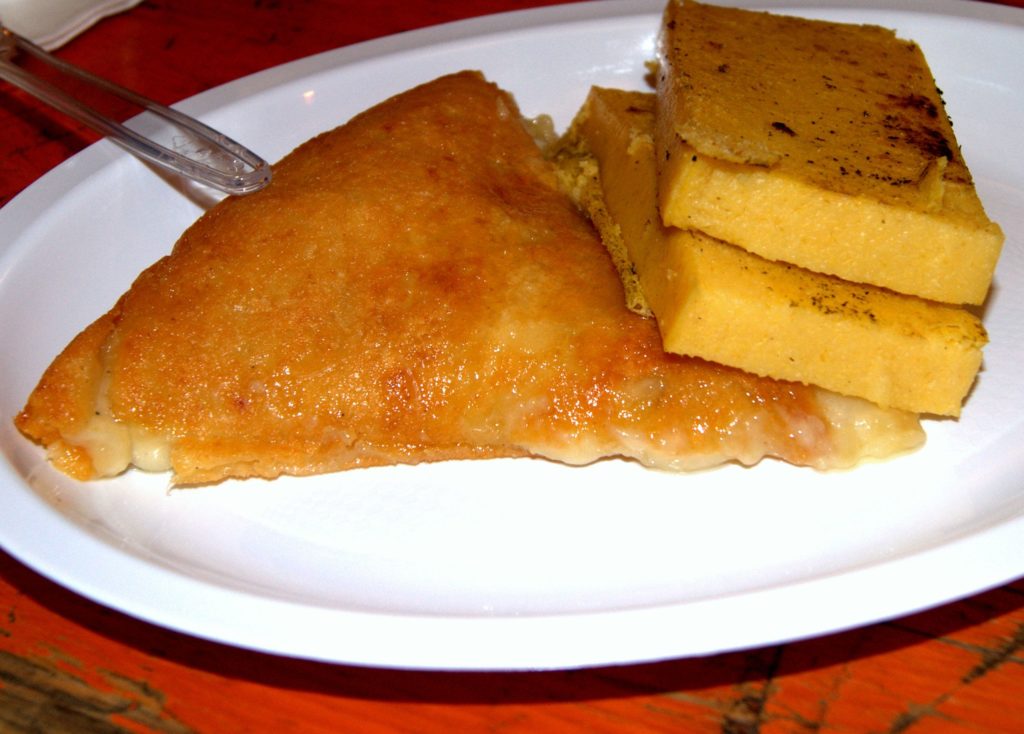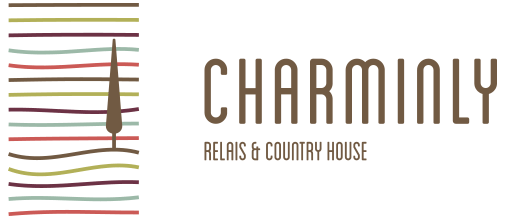Taking advantage of a comfortable sojourn at the Agritourism Casa Rossa Ai Colli, near San Daniele in Friuli (Udine), it is possible to discover ancient flavours just tasting the dishes of memories.
Minestrone orzo e fagioli
In the many trattorias and restaurants that you can find with ease across the wonderful region ofFriuli, the barley and beans minestrone is taken in great consideration. It certainly is one of the main dishes of memory, since it roots in the deepest layer of the classic farmer tradition.
It is a handed-down recipe of a beans minestrone, in which they use barley instead of rice or pasta. Usually, its preparation needs some pork in addition, sometimes smoked, or a piece of bone. Its cooking is slow and prolonged, and the barley and beans minestrone is usually served not too warm.
Frico
The Frico, the origins of which root in the Carnia Mountains, can be considered as a great appetizer and a tasty second dish. The Frico is basically a kind of omelette based on cheese.
To prepare this typical Friulian dish, which can be tasted also thanks to a sojourn at the Agritourism Casa Rossa ai Colli, located in Ragogna (Udine), some cheese and potatoes are needed. First, the traditional cheese Montasio is melt, and then it is layered with the sliced potatoes. So, the dish composition is made of a succession of cheese layers and potatoes layers on a pan.
Once these ingredients are layered on the pan, it will be covered with its cap and it will be left cooking. Exactly like an omelette, the Frico will need to be turned around, and the dish will be ready only when it shows a gilt-surface look. It is also possible to add, to the original recipe, some enrichments such as some onions or the traditional bacon.
As usual, this great dish has its “variants”, a particular recipe that varies depending on the area of Friuli. Basically, there are two main variants. The former is the crunchy one and the latter is the softer. The soft version looks more like an omelette, while the crunchy one, made from Montasio cheese or grated Latteria and corn flour, is more friable; in fact, this is the one served in the classic polenta baskets.

Frico and polenta
Cjarsons
The Cjarsons represent the typical dish of memory, which roots in the Alpine area of Carnia and it had spread through the Friulian plain. The Cjarsons are a kind of stuffed ravioli with ricotta, herbs and some more ingredients that tend, sometimes, to a sweeter flavour.
Even when the Cjarsons are made in the Friulian restaurants and trattorias, its recipes are authentic and tied to the home made. They are literally “cooked and eaten”. The puff pastry of this tasty ravioli is made with white flour and water. It will have to be a thin pastry later cut in circles, between four and five centimetres large.
For the stuffing, called pitsùm, some fresh ricotta with some herbs-de-camp is used, and in some variants they use spinaches, boiled and wrung out, or pan fried with sultana grapes, butter, and grated cheese. Finally, eggs are used to keep everything well blended.
Muset e bruade
Thanks to a pleasant sojourn at the Agritourism Casa Rossa Ai Colli, located in Rogogna (Udine), inFriuli, it will be possible to taste also another great dish of memory, which is the Muset e bruade, a kind of cotechino with turnips. In fact, the Muset is the literal translation, in Friulian dialect, of the word cotechino.
Its preparation requires the muzzle, the tender stewing steak, pork rind from its lard, lean meat, and eventually, some hard-boiled lard. These ingredients are meant to be minced and seasoned, usually, with nutmeg, pepper, and salt. Depending on the habits and tastes, it is possible to add different spices, such as cloves or coriander.
Then, the preparation is placed inside a pork gut. If it is consumed after about thirty days of aging, there will be better organoleptic peculiarities.
As far as concern the brovada is concerned, which is known – in Friulian – as broade or brovade, a dish made ofturnips that are macerated and fermented through contact of a acidified marc. They are used in their original form (as a whole) and cut in thin stripes. It is also possible eating them both cooked and raw.


